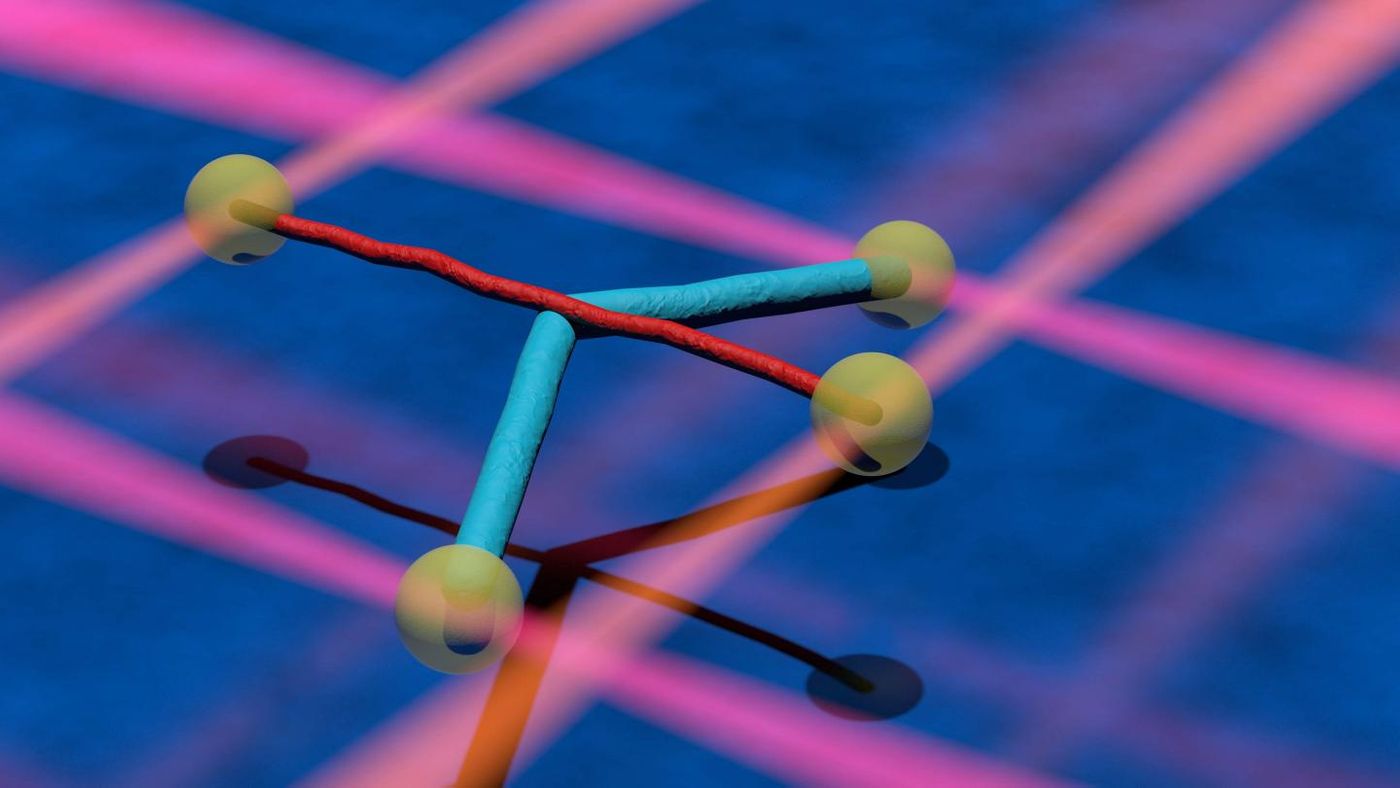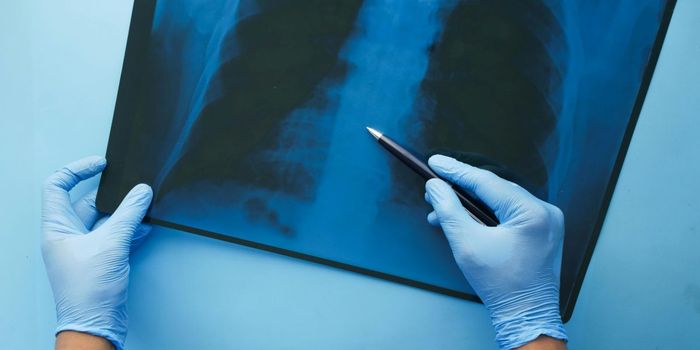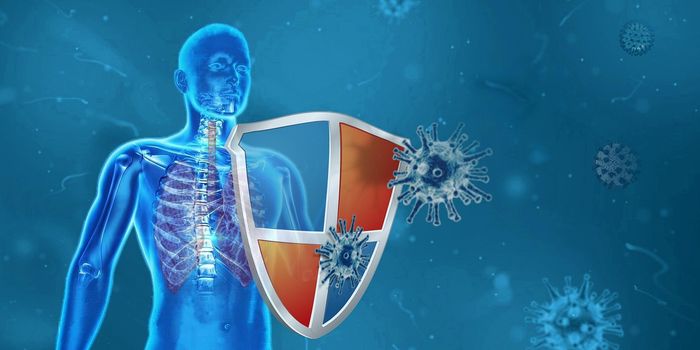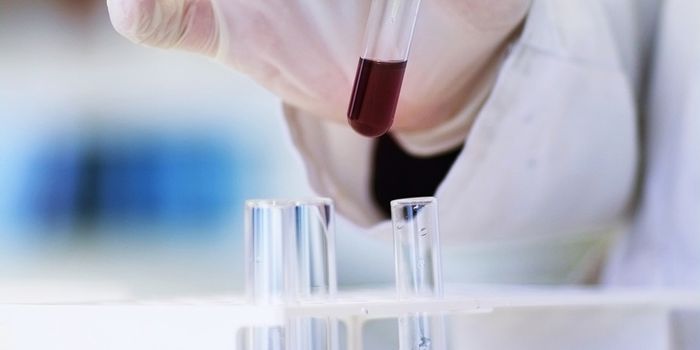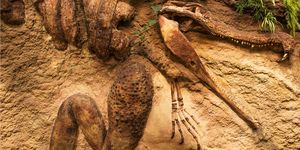Taking a Close Look at Interactions Between Cellular Filaments
Cells exist in three dimensions, and they have a dynamic skeleton and filaments that help them maintain and stabilize their form and structure. The molecules that create the cellular cytoskeleton, like microtubules and intermediate filaments, are able to grow and renew themselves constantly. Scientists have now been able to view the interactions between microtubules and intermediate filaments in an extracellular environment, and they were able to measure the forces of these interactions. The findings have been reported in Nature Communications.
Microtubules can extend and shrink, and they help the cell carry out some very important processes. This work indicated that intermediate filaments have a stabilizing effect on microtubules; when the extracellular microtubules were exposed to intermediate filaments, the microtubules didn't shrink much and they stayed together longer.
The researchers wanted to know if the interaction between these two filaments was responsible for this effect, so they place a single intermediate filament across one microtubule.
"The intermediate filament was 'pulled' over the microtubule like a bow over a violin string," revealed co-first study author Dr. Laura Schaedel.
"This allows the two filaments to bind to each other. However, this bond is broken again shortly afterward due to the pulling. The process of 'tearing apart' provides information about the strength of the bond," explained co-first study author and Charlotta Lorenz, a graduate student at the Institute for X-ray Physics at the University of Göttingen.
"In addition, we used models and simulations to show that the direct interaction leads to stabilization," added study co-leader Professor Stefan Klumpp of the Institute for the Dynamics of Complex Systems at Göttingen University
"The interactions that we observed are important because they enable better understanding of cellular processes," said study co-leader Professor Sarah Köster of the Institute for X-ray Physics.
This work provides insight into some basic biological relationships and can help researchers understand more about other processes in which these filaments play roles, and how it all goes awry in disease.
Sources: AAAS/Eurekalert! via University of Göttingen, Nature Communications
